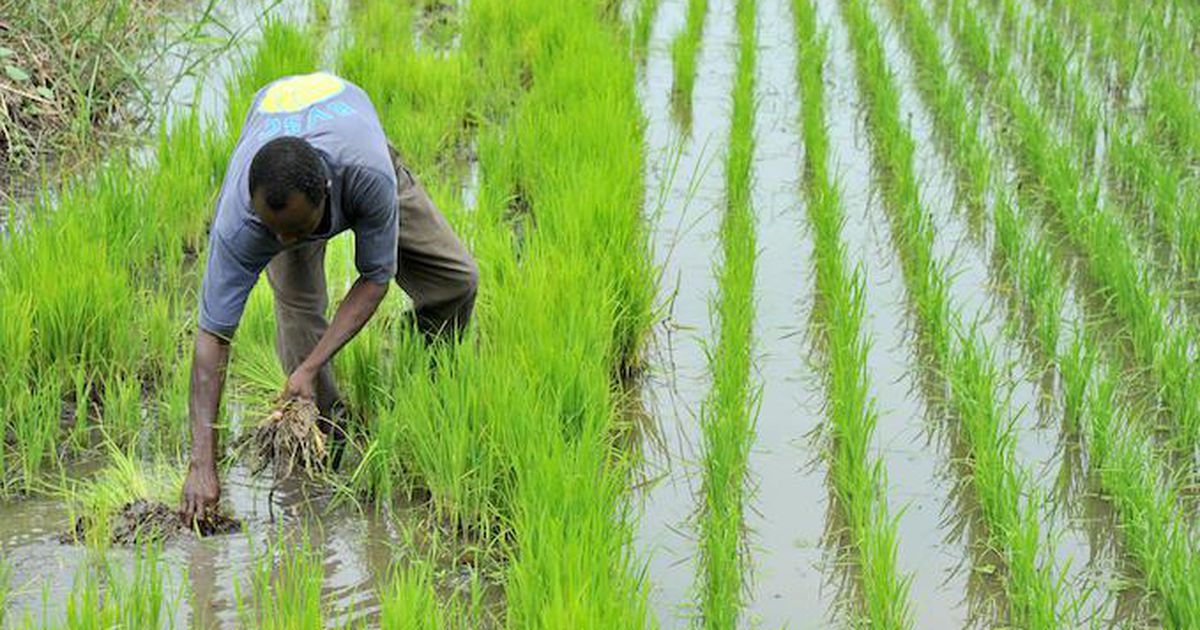High in protein, fiber and lutein and low in immunogenic gliadins from gluten, tritordeum – a climate-resistant cross of wild barley and durum wheat – offers a range of benefits to bakers, brewers and distillers. Tritordeum is a new natural cereal resulting from a cross between durum wheat (triticum durum) and a species of wild barley (hordeum chilense), native to Chile and Argentina. This cross was carried out by traditional varietal selection techniques without genetic modification. The name tritordeum is a scientific combination of the name of its two parents. Tritordeum is an interesting cereal that combines agronomic, nutritional and organoleptic advantages. The challenge for researchers is to increase its yields to make it part of the way of life and to make it a product for everyday consumption.
Nutritional qualities
The story of the Tritordeum began in the 1970s with the postdoctoral work of Professor Antonio Martin in the United Kingdom, which sparked a series of trips to Chile and Argentina in search of wild barley varieties.
Mr. Vassiliadis, one of the pioneers of the tritordeum farm, explains the interest of the new plant in baking: “Tritordeum contains a high level of protein and fibre, which makes it nutritionally superior to wheat. Also, it has a beautiful golden yellow color due to lutein, a natural yellow pigment found in the grain. It also has a very pleasant, mild and sweet taste. The quantity of free sugars is greater than that of other cereals. Its taste is slightly sweet with nutty and fruity notes. A higher fat content than common wheat gives it a more intense aroma.
But it is not suitable for people with celiac disease. Although it contains gluten and is not suitable for people with celiac disease, some studies suggest that it may be better tolerated by people with non-celiac gluten sensitivity due to a different gluten protein composition (including a lower omega-gliadin content). It has a higher dietary fiber content than soft wheat, which is beneficial for gut and cardiovascular health. Tritordeum contains up to ten times more lutein than common wheat, an antioxidant important for eye health.
Its higher content of fatty acids, especially monounsaturated oleic acid, is beneficial for cardiovascular health.
Different uses
Tritordeum flour makes for soft, easy-to-work doughs and the finished products have a melting, soft crumb. The crust of baked goods is thick and crispy.
Mainly used for human consumption, tritordeum offers a wide range of uses:
- Malting. It turns out that tritordeum is very rich in amylases, which allows it to convert starch [from the grain] into sugars [which are used by yeast in fermentation]. Sugar conversion is also very important for distillers. The latter are therefore looking for what they call high DP (Diastatic Power) malts, i.e. with a high enzymatic content, designed to efficiently convert starches into fermentable sugars. Tritordeum is able to perform better than most malting barley varieties available on the market today. Tritordeum is also low in lipoxygenase, an enzyme – highly sought after by brewers – that shortens the shelf life of beer. Brewers therefore have the option of using tritordeum grain as a substitute for barley to improve the shelf life of their beer.
- The bakery. Tritordeum is used for making bread (including sourdough), pastries, pie shells with a golden crumb and a pleasant texture
- It is suitable for the preparation of treats and biscuits
- Pasta and pizza: it can be used to make fresh pasta and pizza bases
- Breakfast cereals and cereal bars
- Animal feed
Agronomic perspectives
Tritordeum has the agronomic characteristics of its two parents: durum wheat and wild barley. Here are the main ones. Tritordeum is positioned as a more sustainable and economical cereal to be raised in Mediterranean-type climates while offering superior nutritional and organoleptic benefits to wheat.
- Adapted to Mediterranean climates: robust, it tolerates heat and drought well
- Low input requirements: it requires less water and nitrogen fertilisers than soft wheat, which reduces financial and environmental costs
- Good resilience to common wheat diseases such as septoria and brown rust, which allows less use of plant protection products
- Hardiness: it can thrive in more unfavourable conditions than common wheat
- Yields similar to those of wheat: some people dispute this quality of tritoreum. Its cultivation is only fifty years old, compared to thousands of years for wheat. But new species are being developed that will offer yields 20 to 30% higher than those of currently commercialized species.
- Crop cycle similar to wheat
Still limited use
The tritordeum is not in common use worldwide, but its cultivation is spreading, particularly in Europe. Its production is limited. Europe dedicates 1700 hectares of land to it. Its distribution is still limited, although beers or bread made from tritordeum are beginning to be found. There is growing interest in tritordeum that suggests it has high growth potential.




